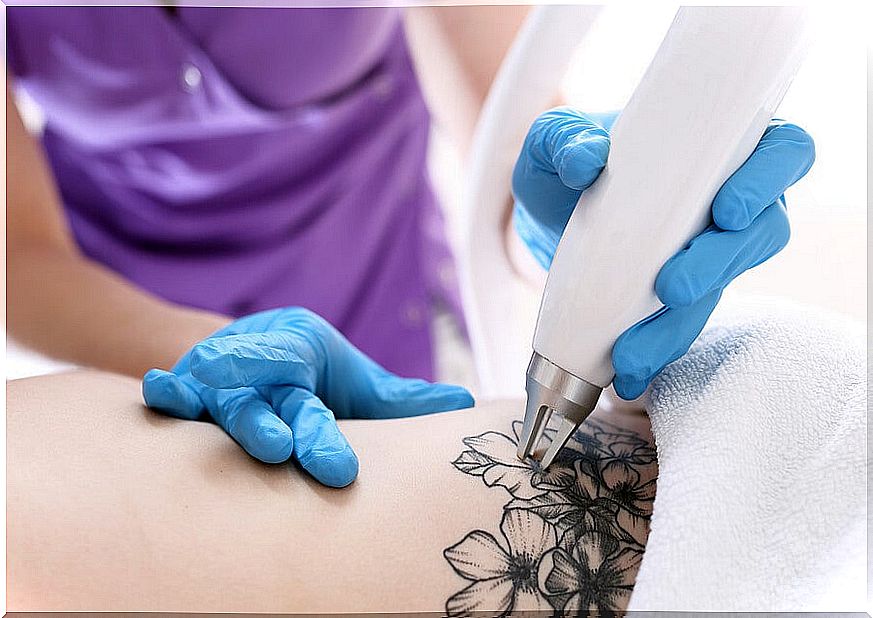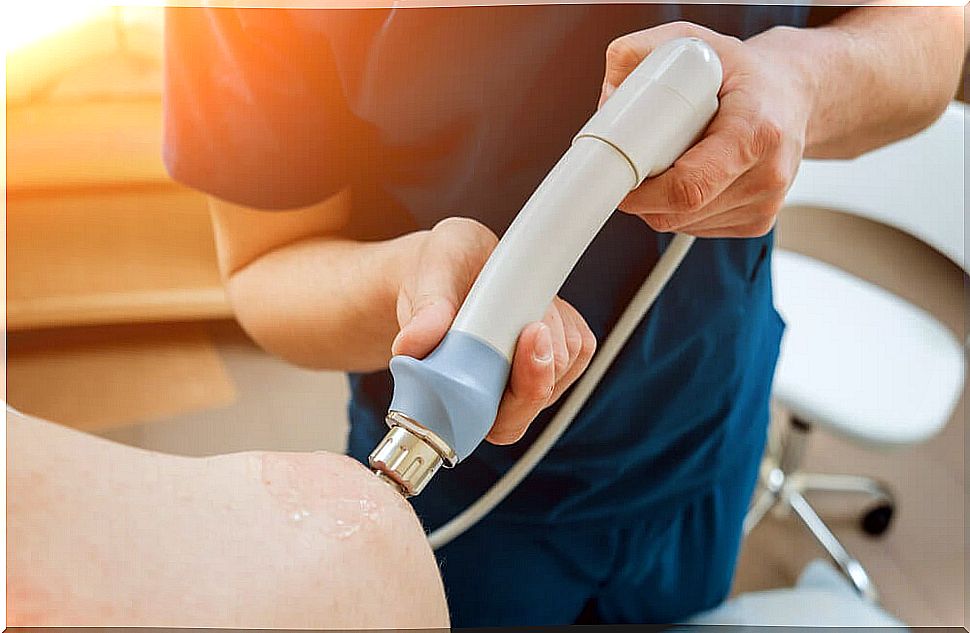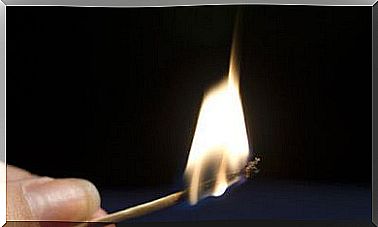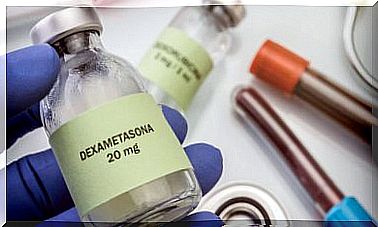Tattoo Eraser Laser: How Does It Work On The Skin?
Today, tattoos can be erased using the pulsing light of a laser called Q-switched , which is applied to ink particles for just one nanosecond, without causing skin burns.
If you are considering removing a tattoo, keep reading. In this article we will talk about all the basic concepts that we need to know to make the decision.
Neodymium yag laser (Nd yag)
This system is based on the use of a beam of light strong enough to be able to carry out the complete removal of tattoos. It emits very short, hot and fast bursts to cause heating and separation of the ink particles, according to a publication by S.Karger in 2017
The wavelength of this device is adjustable, which allows the specialist to choose the placement of the pigment to be treated. Therefore, for the laser to disintegrate the ink, the correct wavelength must be programmed. Each color absorbs a different wavelength of light.

What are the results?
This procedure is effective, and usually people can end the treatment with complete or 90% removal of the tattoo. The rest is simply not visible to the naked eye.
From the first session the changes are noticed, but the final result, for obvious reasons, is not immediate. It is not achieved in just one session, but between 6 and 12, depending on these factors such as the following:
- Tattoo size.
- Pigmentation of the skin.
- Tattoo coloring : darker pigments need fewer sessions to disintegrate than lighter ones. Black ink absorbs more light. On the other hand, the lighter colors are more reflective, the light bounces and the laser is less effective. For example, the colors yellow, pink and purple are the most difficult to remove. Only the white and the flesh color should not be treated, as they darken even more, permanently.
- Tattoo depth.
- Age of the tattoo : those in which they are quite old, the coloring has already been lost a little and, therefore, fewer sessions will be needed.
- Location in the body : those found in areas of the body where there is more blood circulation will fade faster. Also, tattoos that are further from the heart, such as on the hands or ankles, will remain in vivid colors for longer.
Is it painful to use laser to remove tattoos?
We know that pain is subjective, therefore, it will depend on the tolerance of each person. But realistically, if the individual has tolerated getting a tattoo, they can put up with removing it.
If required, an anesthetic cream can be applied to the area, a few minutes before starting. Also, it is important to apply cold to the area during removal.
The interval between sessions is at least 6 weeks, time in which the particles disintegrated by the laser are recognized and trapped by cells for their subsequent elimination together with toxins from the body, through the lymphatic system.
The procedure is quite safe, as long as it is performed by a competent and trained specialist, using the indicated equipment.

What precautions should be taken after each session?
- Use an antiseptic and anti-inflammatory cream for at least a week, due to the possible formation of scabs or blisters.
- Avoid scratching these lesions and let them come off naturally.
- Avoid exposing yourself to sweat for 2 weeks, and also to any heat source (including the sun).
- Do not use public pools, saunas or showers for a reasonable period to avoid possible infections.
- Avoid sun exposure in the treated area for at least 15 days after each session and use sunscreen.
Possible side effects of laser treatment
Changes in pigmentation
Darker skin tones are usually seen. This occurs as a response from the body, generating more (hyperpigmentation) or less melanin (hypopigmentation) in the treated area. These changes are temporary, and usually resolve between 6 and 12 months after treatment.
Skin sensitivity
Discomfort such as redness, swelling, and tenderness are common after the session. Bruises and blisters may appear. During healing, the area is more likely to become infected. As the natural healing process progresses, these injuries gradually resolve.
Scars
It occurs in very few cases. To avoid these types of permanent complications, it is convenient to emphasize the care after the laser procedure. If blisters and scabs develop, they must be treated correctly.
Laser treatment to erase tattoos: a safe option
Thanks to laser technology, tattoo removal is now safe and effective. The results are quite interesting and there are usually no scars left. The important thing is to do it in the hands of trained professionals who have the corresponding equipment.









